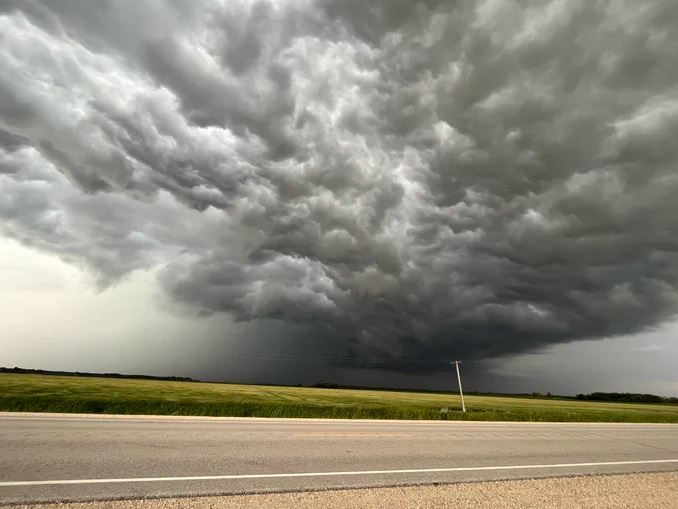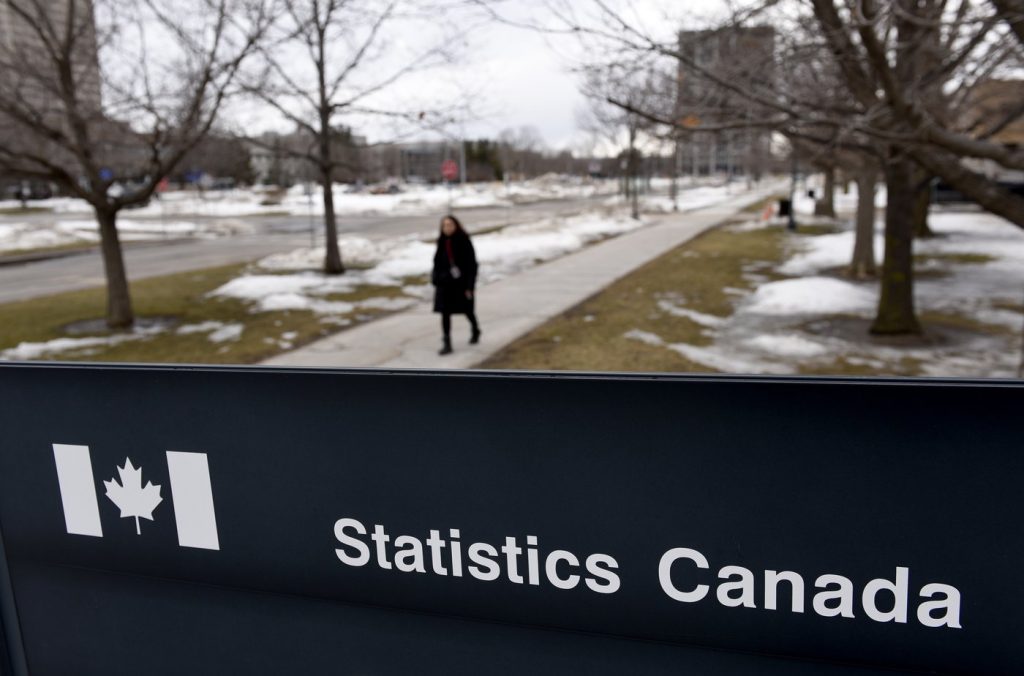Warm season brings potential for extreme weather to Manitoba

Posted May 8, 2024 7:36 pm.
As the warmer months arrive, they bring with them the potential for extreme weather, like thunderstorms and even tornadoes.
One person who has experienced these forces of nature firsthand says weather can become extreme and dangerous, in a matter of minutes.
“Suddenly you can be in the path of an oncoming storm and didn’t look that way prior,” said Natalie Hasell with Environment and Climate Change Canada.
Hasell says every year there are “tens of thousands” of thunderstorms that sweep across the prairies.
She says with a growing population and development — alongside storms potentially being fuelled by a changing climate — she expects the effect of extreme weather to grow.
“I think people need to plan for more storms and plan for more severe storms.”
So far, the only F5 tornado in Canada recorded happened in Elie, Manitoba, on June 22, 2007, destroying several homes.
“Lucky for us, the corner that we were in was the only corner in the basement that wasn’t damaged,” she explained.
It completely destroyed the home of Les Kauppila, who says the situation unfolded quickly. He was looking out his backyard one minute, and then the soil started flying the other.
“Maybe ten minutes, not even ten minutes. I’m not sure,” said Kauppila.
He says his house was one of four destroyed and says such an extreme weather event should not be taken lightly.
“I would say if you see anything, a funnel cloud or anything, get to cover. Sometimes, they look like they’re further away than they are, but they’re not. So the best thing is to get to cover as soon as possible.”
While the Elie storm caused immense damage in that community, it doesn’t mean it was the strongest to hit Manitoba, with Hasell saying the storm the next day — known as the Pipestone Tornado, was even stronger.
“If that storm had hit a town the size of Elie, we probably wouldn’t have that town anymore,” said Hasell.
She says now, with humans expanding further and further, people need to be prepared, as the likelihood of damage as a result of a storm, is growing.








